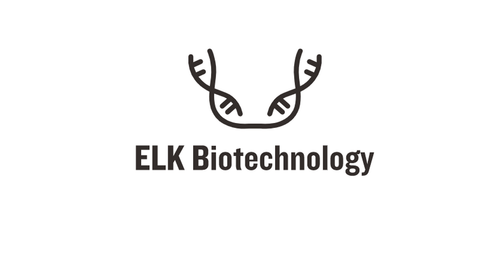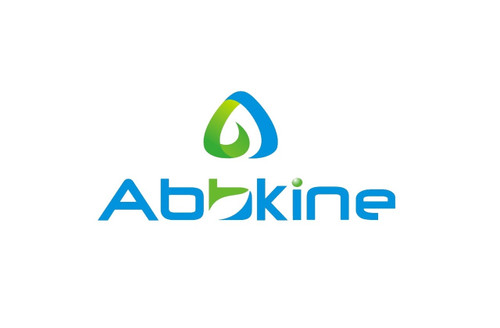Product Description
Mouse Peroxiredoxin-6 (PRDX6) ELISA Kit | AE26073MO | Abebio
Species Reactivity: Mouse (Mus musculus)
Abbreviation: PRDX6
Alternative Name: 1-Cys; AOP2; KIAA0106; MGC46173; NSGPx; PRX; aiPLA2; p29; 1-Cys peroxiredoxin|acidic calcium-independent phospholipase A2|antioxidant protein 2|non-selenium glutathione peroxidase
Application: ELISA
Range: 78.1-5000 pg/mL
Sensitivity: 29 pg/mL
Intra-Assay: ≤4.5%
Inter-Assay: ≤9.8%
Recovery: 1, 07
Sample Type: Serum, Plasma, Other biological fluids
Detection Method: Sandwich
Analysis Method : Quantitive
Test Principale: This assay employs a two-site sandwich ELISA to quantitate PRDX6 in samples. An antibody specific for PRDX6 has been pre-coated onto a microplate. Standards and samples are pipetted into the wells and anyPRDX6 present is bound by the immobilized antibody. After removing any unbound substances, a biotin-conjugated antibody specific for PRDX6 is added to the wells. After washing, Streptavidin conjugated Horseradish Peroxidase (HRP) is added to the wells. Following a wash to remove any unbound avidin-enzyme reagent, a substrate solution is added to the wells and color develops in proportion to the amount of PRDX6 bound in the initial step. The color development is stopped and the intensity of the color is measured.
Product Overview: Peroxiredoxin-6 is a member of the thiol-specific antioxidant protein family. This protein is a bifunctional enzyme with two distinct active sites. It is involved in redox regulation of the cell; it can reduce H (2) O (2) and short chain organic, fatty acid, and phospholipid hydroperoxides. It may play a role in the regulation of phospholipid turnover as well as in protection against oxidative injury. Kim et al. (1997) isolated a calcium-independent lysosomal PLA2 from a human myeloblast cell line. The predicted 224-amino acid protein contained the PLA2 catalytic motif, but no other significant homology to known phospholipases. Expressed protein had significant PLA2 activity on several substrates.
Stability: The stability of ELISA kit is determined by the loss rate of activity. The loss rate of this kit is less than 5% within the expiration date under appropriate storage condition. The loss rate was determined by accelerated thermal degradation test. Keep the kit at 37°C for 4 and 7 days, and compare O.D.values of the kit kept at 37°C with that of at recommended temperature. (referring from China Biological Products Standard, which was calculated by the Arrhenius equation. For ELISA kit, 4 days storage at 37°C can be considered as 6 months at 2 - 8°C, which means 7 days at 37°C equaling 12 months at 2 - 8°C) .
 Euro
Euro
 USD
USD
 British Pound
British Pound
 NULL
NULL








